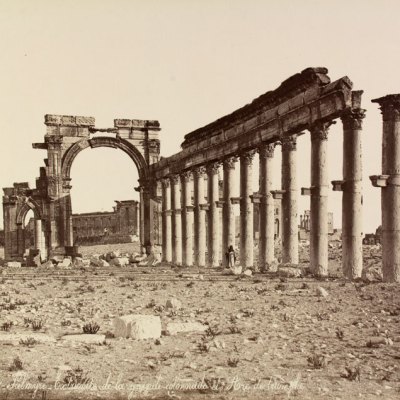The British Museum has always had its fair share of public scrutiny. But the intended loan of some 500 objects to the Zayed National Museum in Abu Dhabi for five years is a new test of its ability to navigate the minefield of ethical practice and public trust.
On this occasion the issues start with human rights. Critics of the loan have been quick to point out that the Zayed National Museum has been built using migrant labour described as ‘a system of modern slavery’ by the International Trade Union Confederation. They have called on the museum to take ‘absolute responsibility that real action is taken, or face enormous risk to their own reputation and standing.’
The British Museum argues that it should continue to build relationships with institutions such as the Zayed in spite of the objections. Why? The explanation lies in the philosophical approach that the British Museum (along with several other national museums) has set out for their international engagements. This is the notion that culture is bigger than politics.
According to this vision of the museum, it is a purveyor of soft power and of cultural diplomacy. It advances enlightenment values by engaging in dialogue with people around the world, acting with independence and choosing where it goes and with whom it deals (and if it can make some cash in the process, all the better).
One recent example of this approach was the British Museum’s loan of one of the Parthenon Marbles to The Hermitage Museum in St Petersburg in December 2014 in the midst of EU sanctions on Russia. On that occasion, Neil MacGregor emphasised the British Museum’s role as a museum for the world and noted that, ‘The more chilly the politics between governments, the more important the relationship between museums.’
Few would argue that cultural dialogue is a bad thing, whether with Russia or Abu Dhabi. But placing culture above politics is also a potential trap for museums. There is a real danger that they will be sullied by association with day-to-day political disputes in the countries where they choose to do business.
In such circumstances, it becomes all the more important for institutions such as the British Museum to maintain a sound ethical footing. On this occasion, it may pass its own test, but the question it needs to keep asking itself is: Is there anywhere in the world where the ‘museum for the world’ would not venture? If the answer is no, the ideal of cultural dialogue risks being made complicit in real-life, material injustices.
Related Articles
How Neil MacGregor saved the British Museum
Problem child? The Louvre Abu Dhabi is previewed in Paris
Protest at the Guggenheim over Saadiyat Island labour conditions
A Little Gay History (abridged): the British Museum and China



